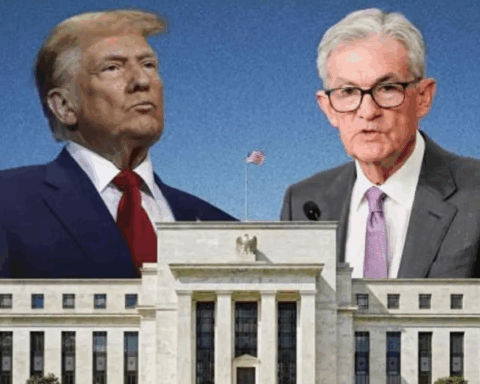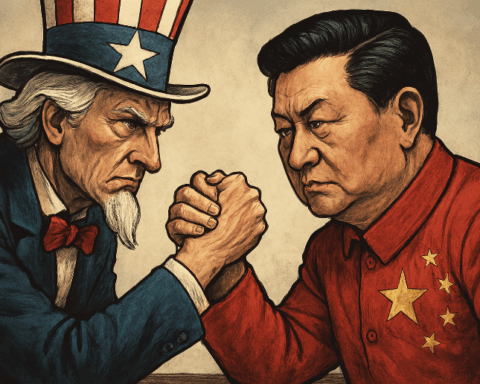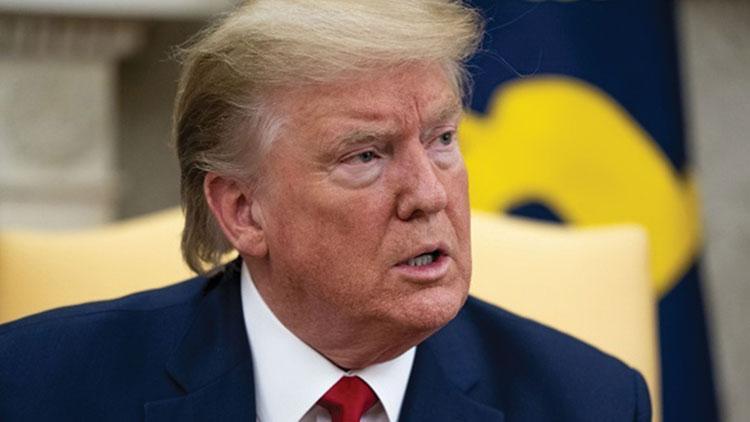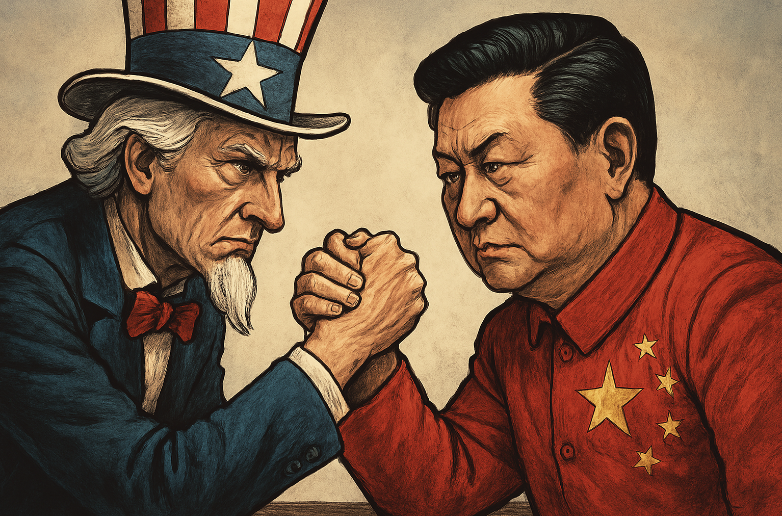A new global confrontation is silently unfolding—not with missiles or troops, but with tariffs. The escalating trade war between the United States and China has transformed into a full-blown economic duel. It is no longer merely a battle of numbers—it’s a clash of strategic wills, with repercussions that extend far beyond the balance sheets of the two superpowers.
With Donald Trump’s return to the White House, the trade war has reignited with unprecedented intensity. The recent tariffs, reaching up to 125% and even 145%, have pushed the two nations to the brink of a commercial breakdown. These aren’t just economic policies—they are geopolitical maneuvers aimed at rewriting the global order.
At the heart of Trump’s Indo-Pacific strategy is a bold aim: to isolate China from global supply chains. The push to “reshore” production back to the U.S. may serve American interests in theory, but it is triggering economic tremors from West Africa to Southeast Asia. Trump’s tariffs are so sweeping that even uninhabited islands—home to nothing but penguins—aren’t safe from economic measures.
One goal is clear: to rebalance America’s massive external debt. With $9.2 trillion in foreign debt maturing in 2025, tariffs are being deployed as a fiscal shield. Yet the sustainability of this model is uncertain. For example, placing tariffs on cocoa from Côte d’Ivoire—where over half the world’s cocoa is grown—raises serious feasibility issues for any domestic replacement.
China, on the other hand, is adapting swiftly. It is using countries like Vietnam as “backdoors” to bypass U.S. restrictions. But Washington is now demanding that foreign investors prove they have no ties to China before doing business in the U.S.—a sign of how tightly the net is being drawn.
However, this economic offensive has domestic consequences. American consumers are paying the price. Basic goods like cars are projected to rise by thousands of dollars due to tariff-induced inflation. The strategy may hurt China, but it’s also reshaping U.S. consumption habits and fueling internal discontent.
According to recent IMF reports, trade between BRICS nations now surpasses intra-G7 trade. Global commerce is already tilting toward economic blocs, and these tariffs may accelerate the fragmentation. In response, Washington is tightening its grip on how and where trade is redirected. Deals with key allies, such as South Korea—especially in shipbuilding, a field where China is rapidly gaining ground—show that the U.S. intends to dictate the new trade map.
So, how does this end?
In February 2025, China published a white paper emphasizing its opposition to economic coercion but also stating its openness to dialogue. Meanwhile, Trump has softened his tone, saying he “likes Xi Jinping” and that “we should talk.” Despite the heated rhetoric, both sides seem wary of the ultimate nightmare scenario: full-scale decoupling. This would be an economic catastrophe, considering how interdependent the two economies have become.
For now, both Beijing and Washington are leaving the negotiation door slightly ajar.
But one thing is certain: in this era, wars aren’t fought with bullets—they’re fought with tariffs. And in this war, the ammunition is economic, but the stakes are geopolitical.
- Tension Between Donald Trump and Elon Musk: Is a Major Crisis Beginning in the American System? - June 6, 2025
- Harvard Faces Federal Funding Freeze Over Alleged “Disrespect to the Nation,” Says McMahon - May 6, 2025
- Tariffs, Troubles, and Transition: A Tumultuous Week for the U.S. and NYC Economy - May 6, 2025










